Residential development The Village on the Yucatán Peninsula frames its verdant environment
The Village by Sordo Madaleno is a meticulously composed apartment building, built on a strict grid with an emphasis on outside space and connection to site

Located on Mexico’s north-eastern Yucatán Peninsula, The Village is a new development by architect Sordo Madaleno, part of a development masterplan that aims to combine apartments with respect for the existing cultural and natural environment.
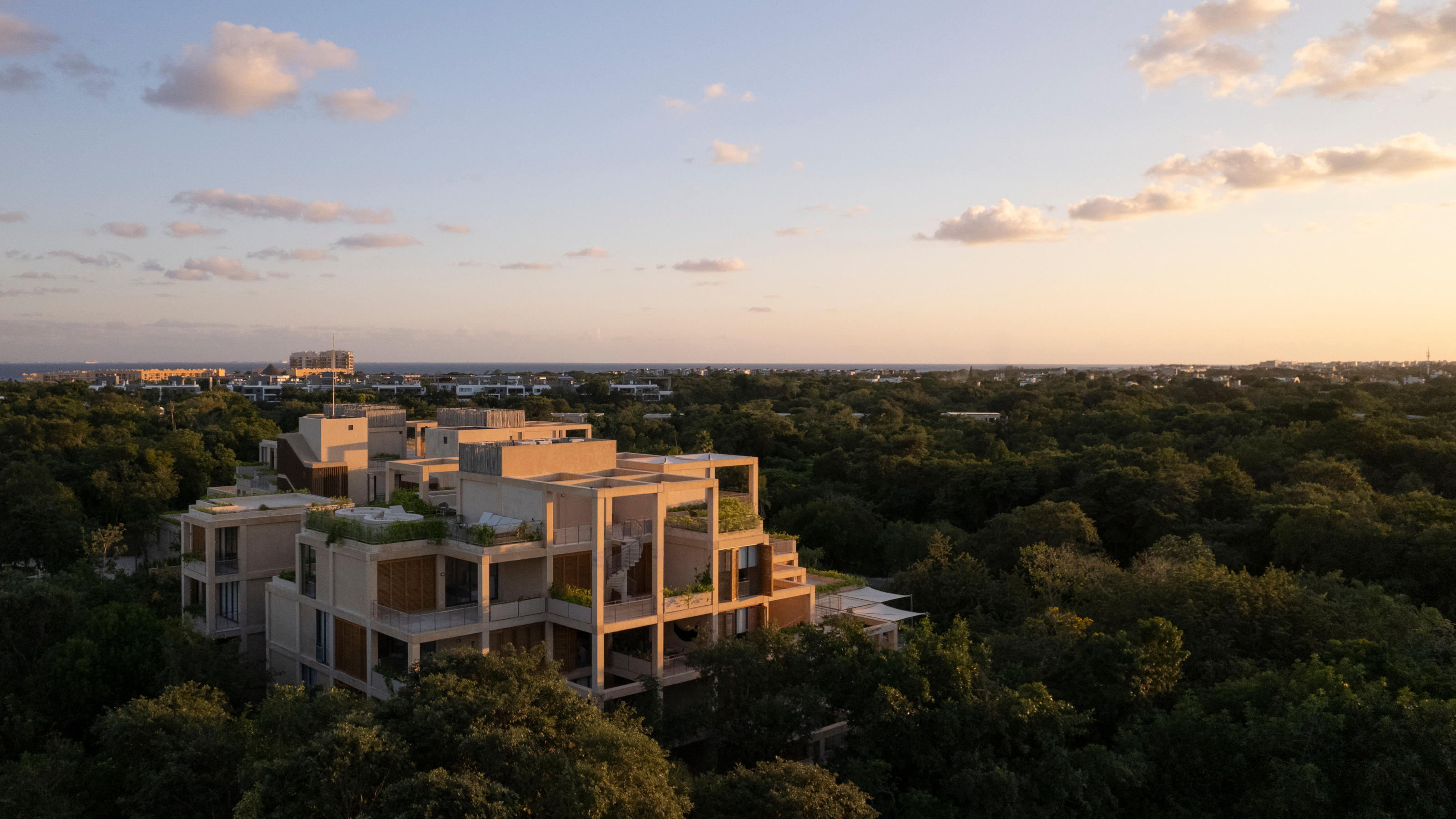
The Village: elevating the grid through nature
The Village is the first residential structure on the site, a gridded composition that rises out of the dense vegetation. Comprising a number of different buildings, the tallest five-storeys high, the entire complex is unified by a rigorous 4x4m grid that shapes the structural elements and frames the external terraces and balconies.
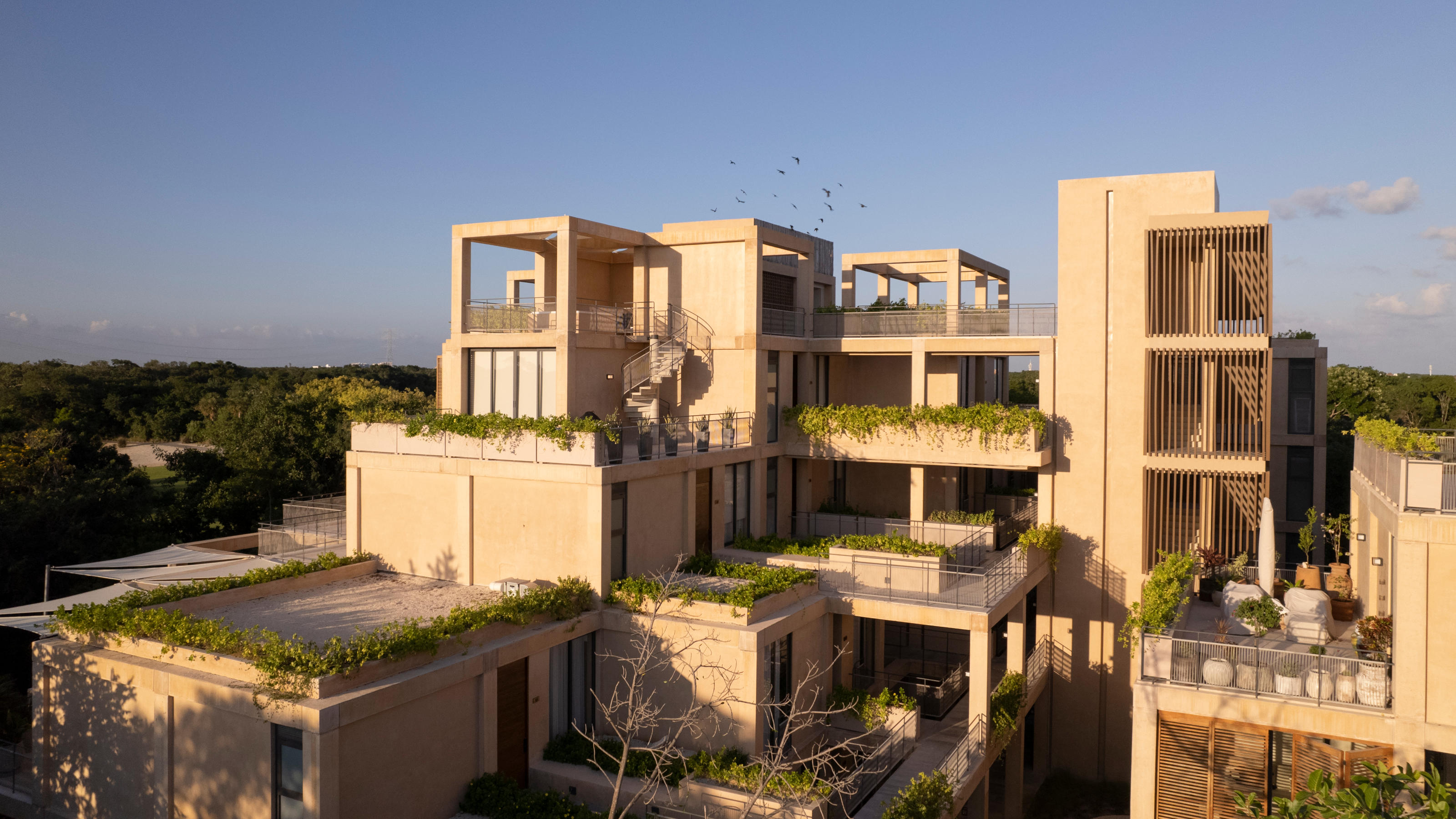
The grid also creates a stepped-back form language that makes an explicit reference to the ancient Mayan history of the surrounding region, in particular the stepped pyramids that date back some three millennia. The Village’s structure is more pragmatic than ceremonial; the building form allows for terraces at every level, offering far-reaching views across the site to the Caribbean Sea beyond.
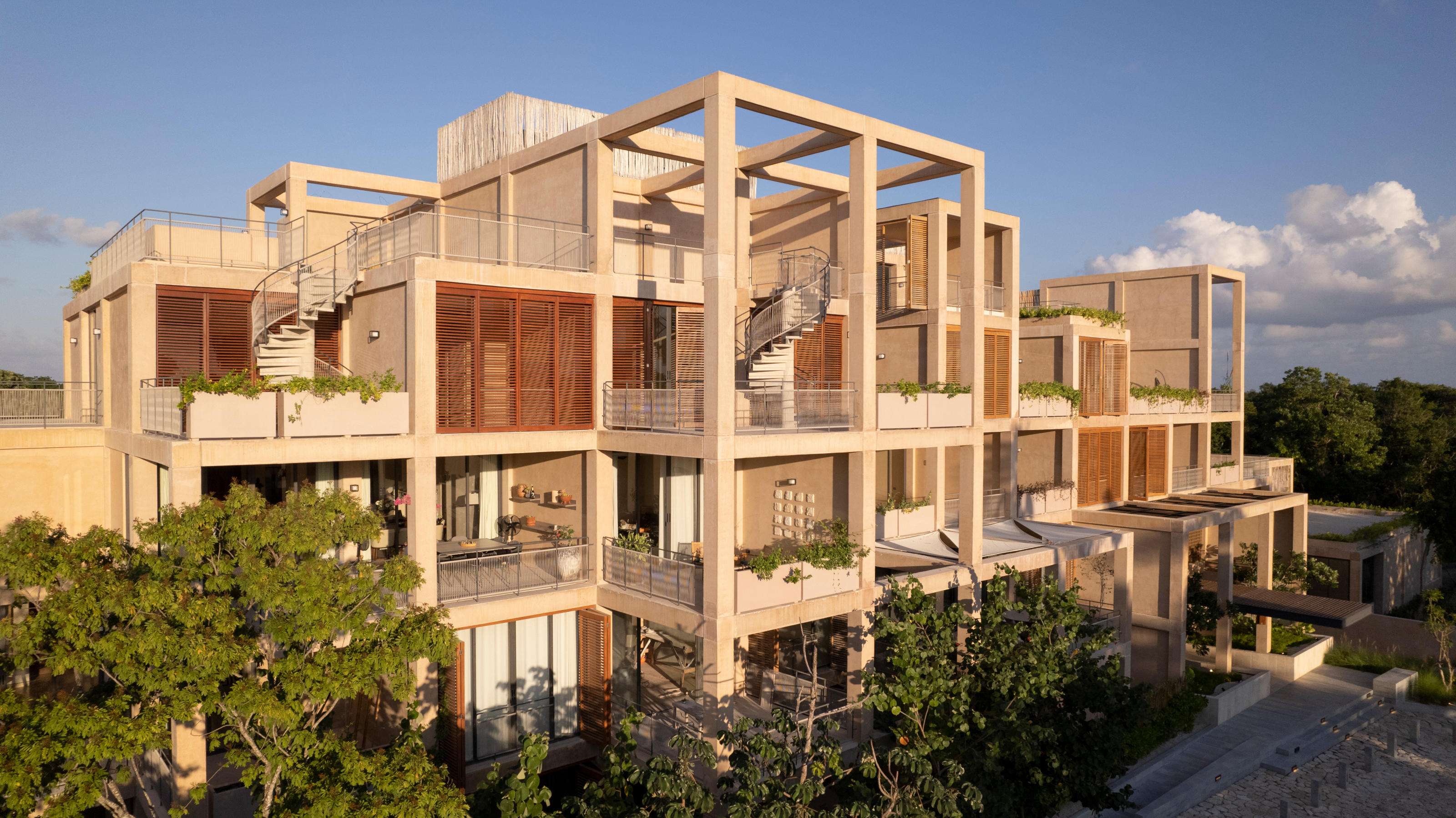
Every terrace has been equipped with planters, giving residents the choice of establishing their own vegetable gardens or simply adding to the verdant setting with hanging plants. The architects stress that 80 per cent of the new planting is native species, helping the complex bed into the landscape and become an extension of the surrounding habitat.

Nearly half of the site is given over to shared public spaces, whether at ground level or above. ‘The Village delves into themes that have been integral to our body of work over many years,’ says Fernando Sordo Madaleno de Haro, who is the director of architecture for Sordo Madaleno Arquitectos.
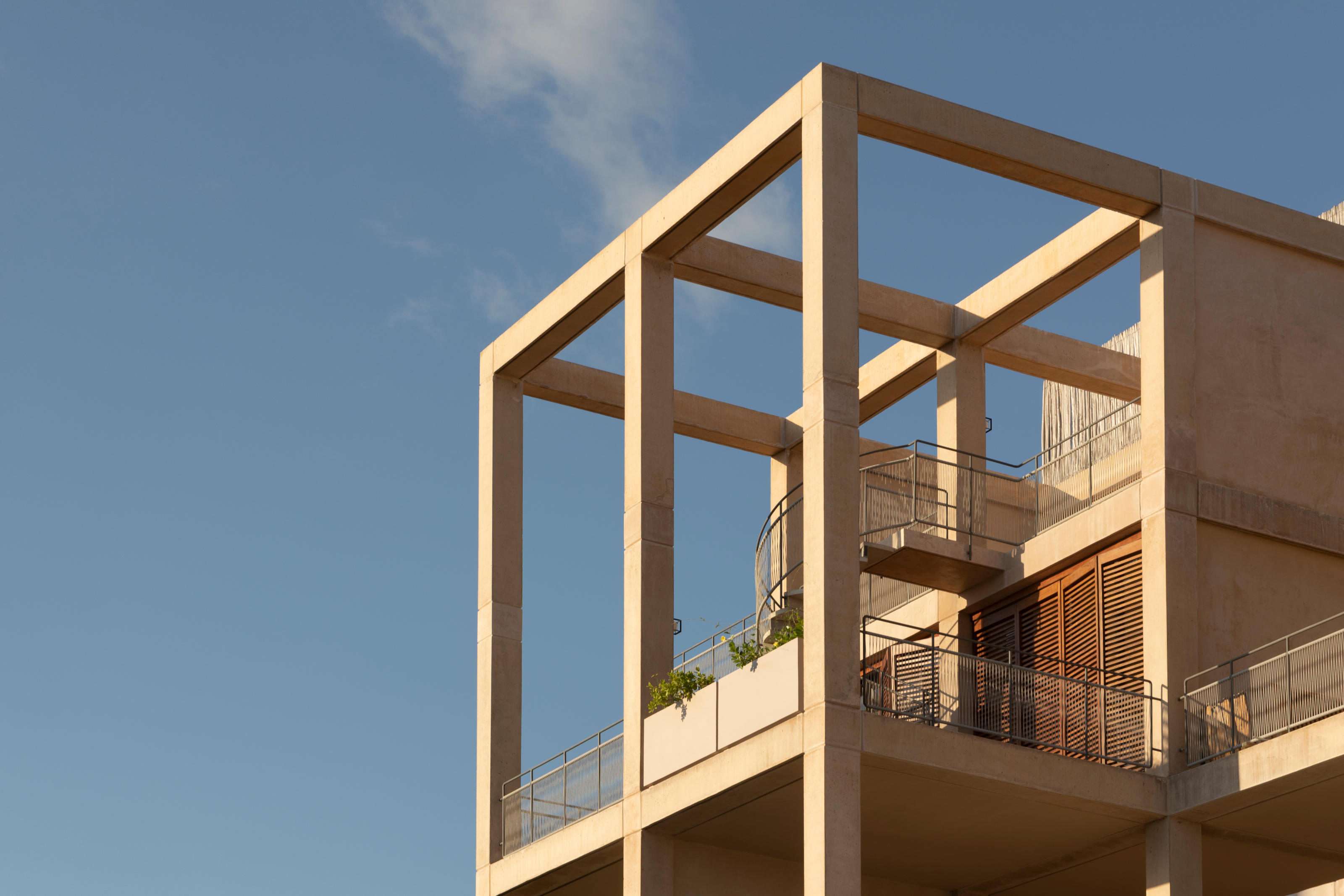
‘Our ultimate goal is to achieve a singular, fully adapted project harmoniously integrated into its unique surroundings,’ Sordo Madaleno de Haro continues. ‘[The terraces and setbacks] enhance the permeability of the essentially rectilinear structure, allowing it to be seamlessly integrated into the surrounding nature. The studied informality of this approach invokes the concept of an overgrown ruin, further emphasised by the thoughtful planting of terraces, introducing a timeless quality to the architecture.’
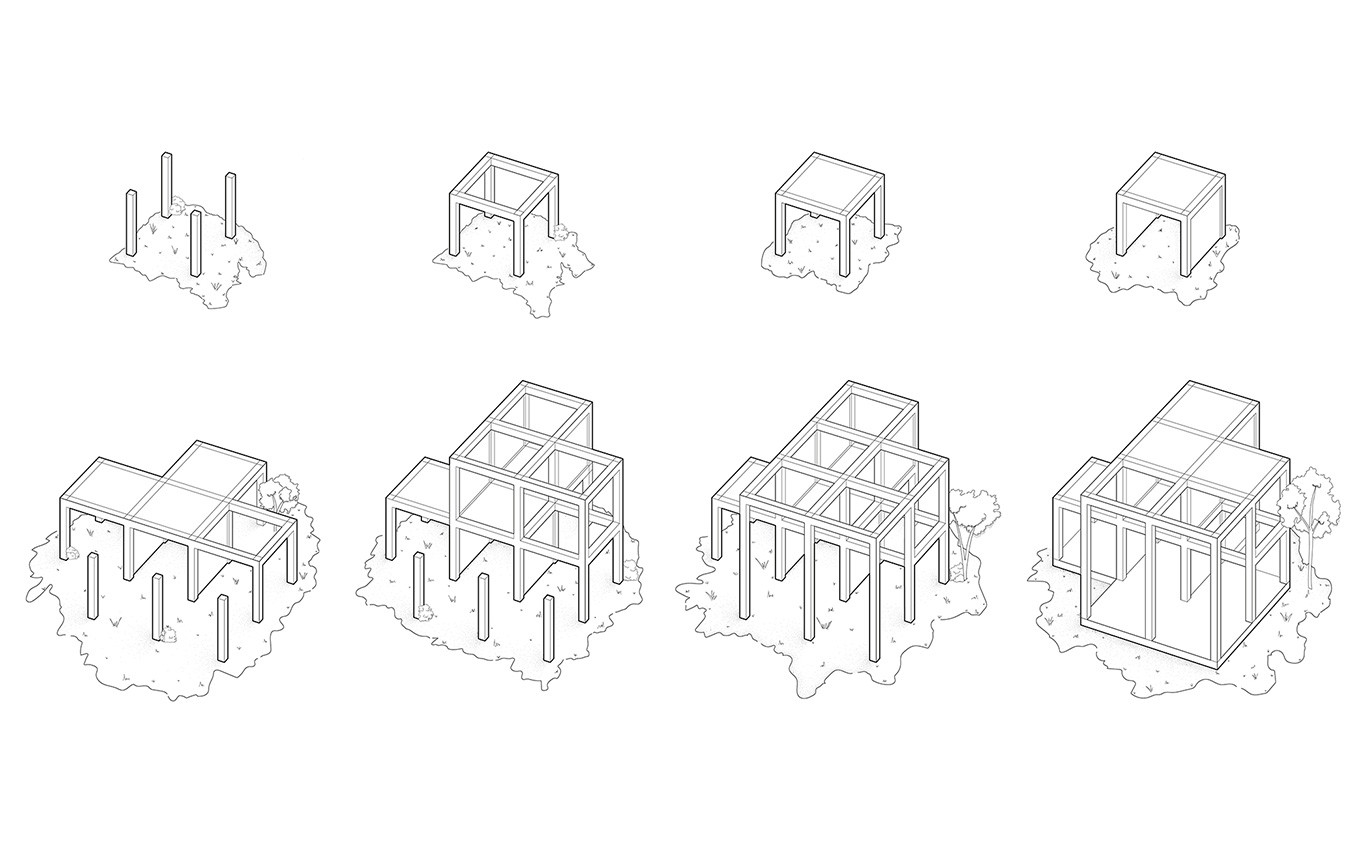
The 4x4 grid also carries through to the interior design, with apartments planned on a modular basis, ranging in size from 80 to 160 sqm. This allows for different floorplans and relationships with the external spaces, creating a diverse number of layouts without excessive complication for the designers. ‘We are continually fascinated by the interconnection of systems and adaptability,’ Sordo Madaleno de Haro says. ‘A basic module, such as a 4x4 cube, has the potential to generate quality spaces. The overall design engages in a balance between an intimate scale, akin to a small village, and the complexities of a dense project.’
Receive our daily digest of inspiration, escapism and design stories from around the world direct to your inbox.

The Village comprises about 13 per cent of the overall development in Playa del Carmen, Quintana Roo, with the next stage well underway.
Sordo Madaleno is based in Mexico City, with a studio in London. The studio's newest monograph, Shaping Transformation, has just been published by Turner.
Jonathan Bell has written for Wallpaper* magazine since 1999, covering everything from architecture and transport design to books, tech and graphic design. He is now the magazine’s Transport and Technology Editor. Jonathan has written and edited 15 books, including Concept Car Design, 21st Century House, and The New Modern House. He is also the host of Wallpaper’s first podcast.
-
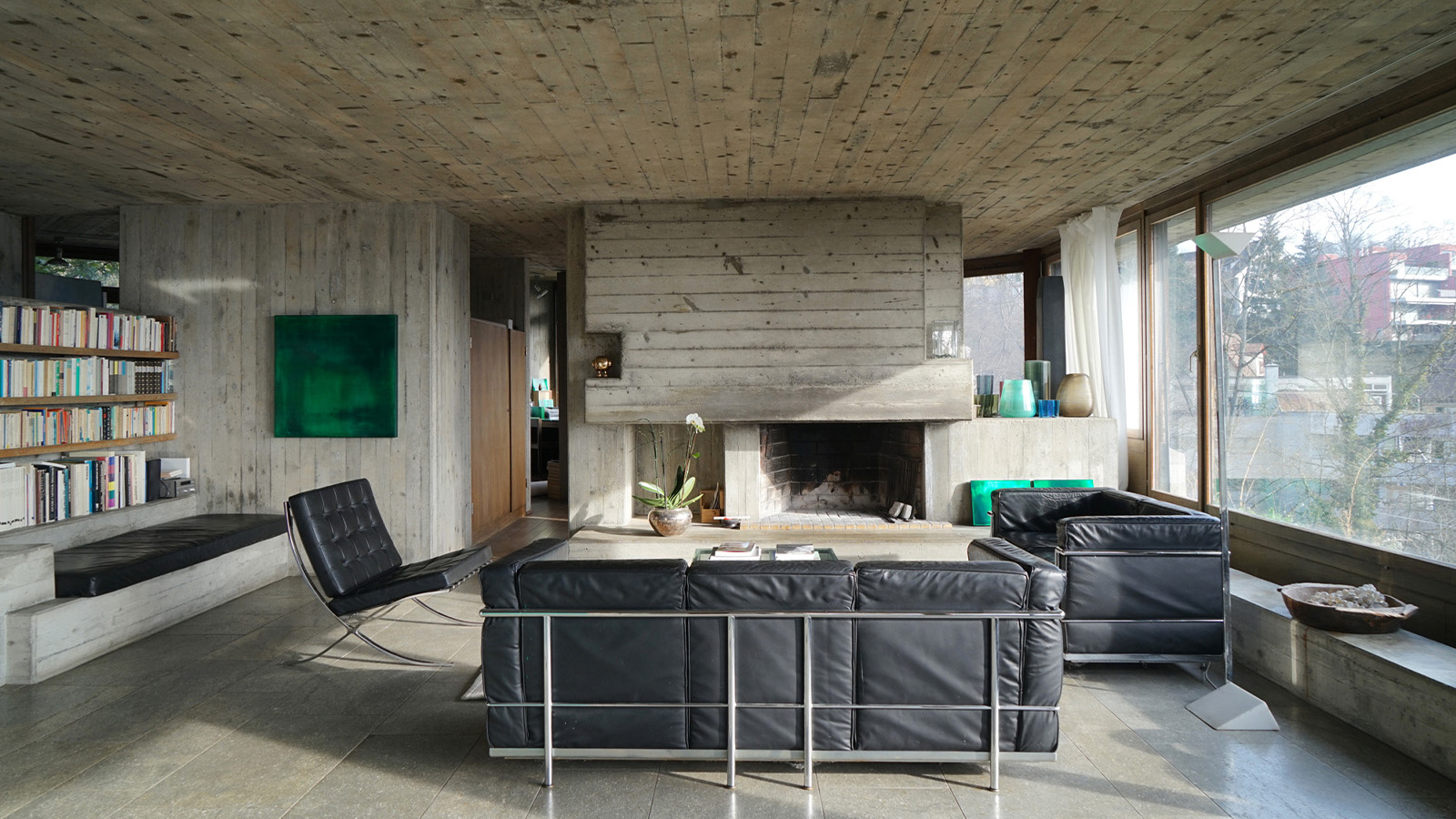 Inside architect Andrés Liesch's modernist home, influenced by Frank Lloyd Wright
Inside architect Andrés Liesch's modernist home, influenced by Frank Lloyd WrightAndrés Liesch's fascination with an American modernist master played a crucial role in the development of the little-known Swiss architect's geometrically sophisticated portfolio
-
 Volvo’s quest for safety has resulted in this new, ultra-legible in-car typeface, Volvo Centum
Volvo’s quest for safety has resulted in this new, ultra-legible in-car typeface, Volvo CentumDalton Maag designs a new sans serif typeface for the Swedish carmaker, Volvo Centum, building on the brand’s strong safety ethos
-
 We asked six creative leaders to tell us their design predictions for the year ahead
We asked six creative leaders to tell us their design predictions for the year aheadWhat will be the trends shaping the design world in 2026? Six creative leaders share their creative predictions for next year, alongside some wise advice: be present, connect, embrace AI
-
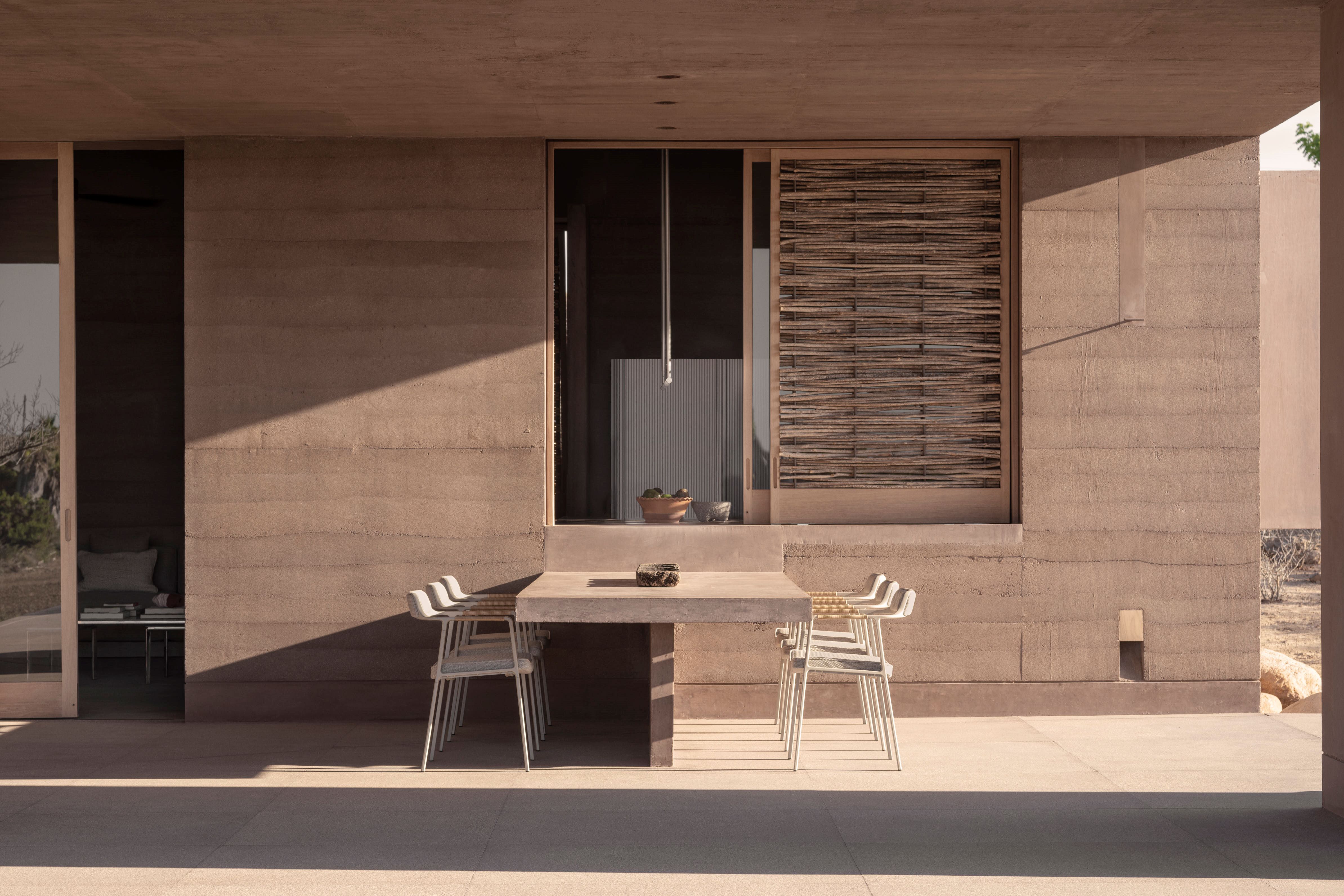 This Mexican architecture studio has a surprising creative process
This Mexican architecture studio has a surprising creative processThe architects at young practice Pérez Palacios Arquitectos Asociados (PPAA) often begin each design by writing out their intentions, ideas and the emotions they want the architecture to evoke
-
 The architecture of Mexico's RA! draws on cinematic qualities and emotion
The architecture of Mexico's RA! draws on cinematic qualities and emotionRA! was founded by Cristóbal Ramírez de Aguilar, Pedro Ramírez de Aguilar and Santiago Sierra, as a multifaceted architecture practice in Mexico City, mixing a cross-disciplinary approach and a constant exchange of ideas
-
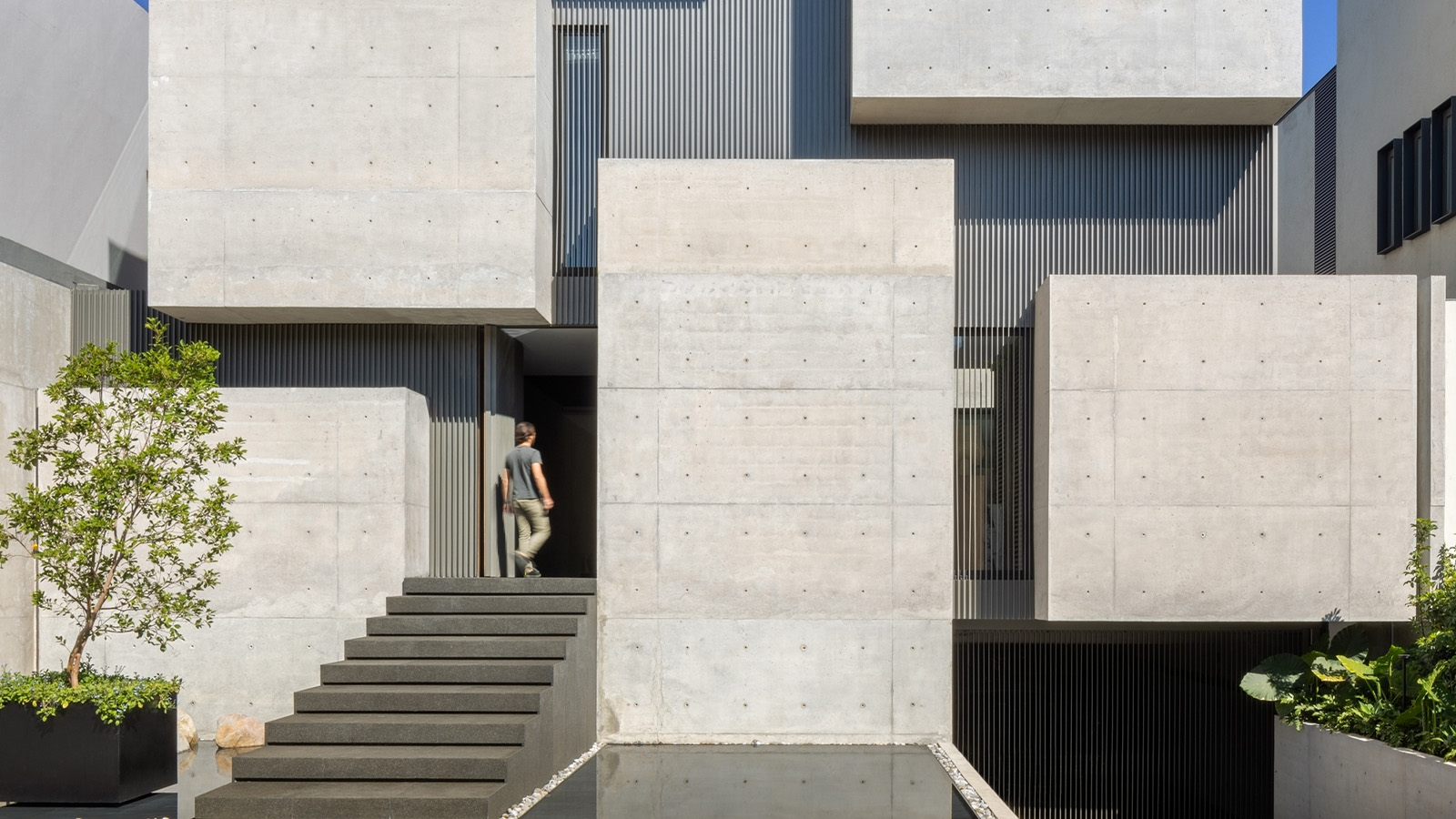 A cubist house rises in Mexico City, its concrete volumes providing a bold urban refuge
A cubist house rises in Mexico City, its concrete volumes providing a bold urban refugeCasa Ailes, a cubist house by Jaime Guzmán Creative Group, is rich in architectural expression that mimics the dramatic and inviting nature of a museum
-
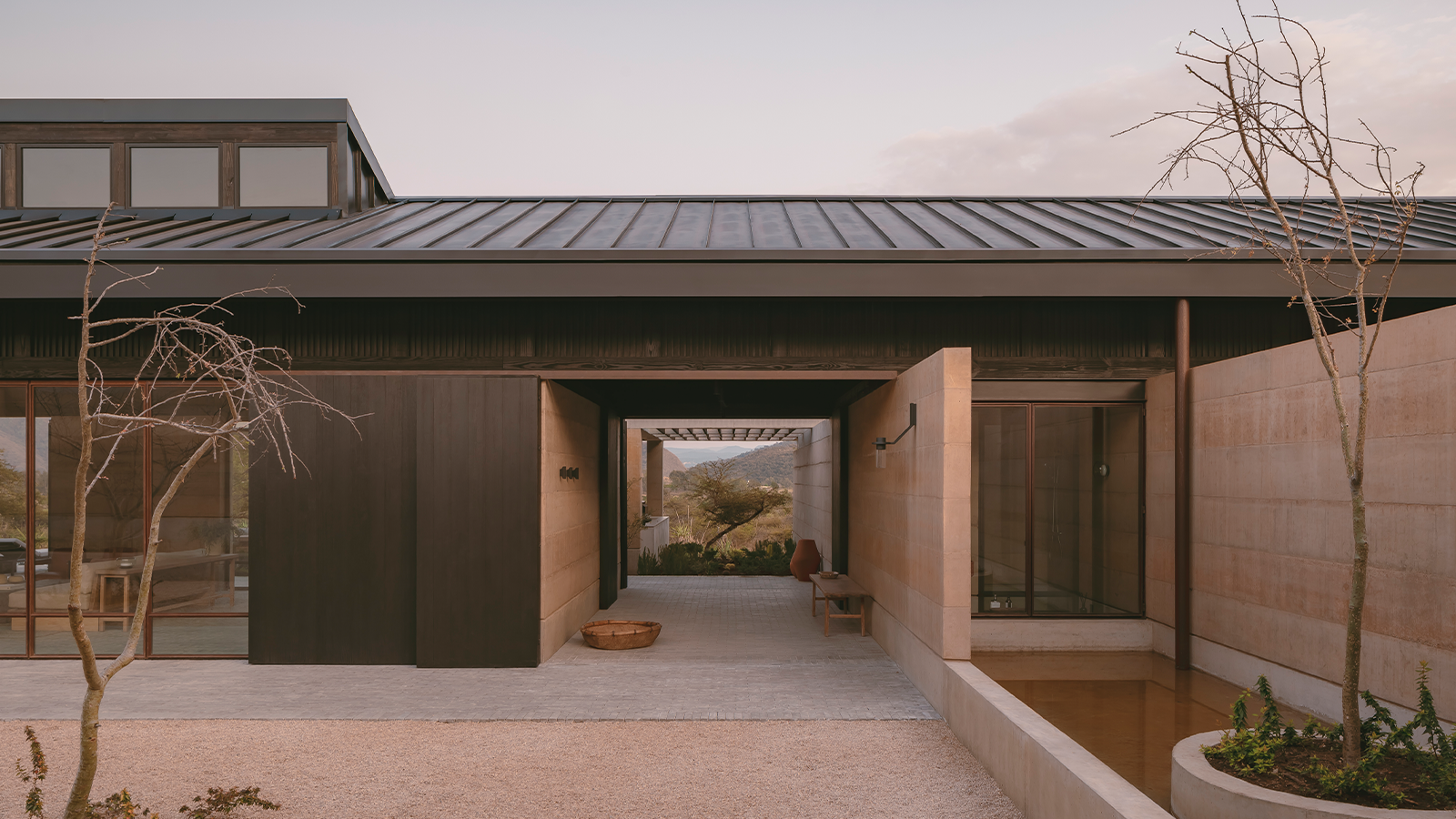 Serenity radiates through this Mexican home, set between two ravines
Serenity radiates through this Mexican home, set between two ravinesOn the cusp of a lakeside town, Mexican home Casa el Espino is a single-storey residence by Soler Orozco Arquitectos (SOA)
-
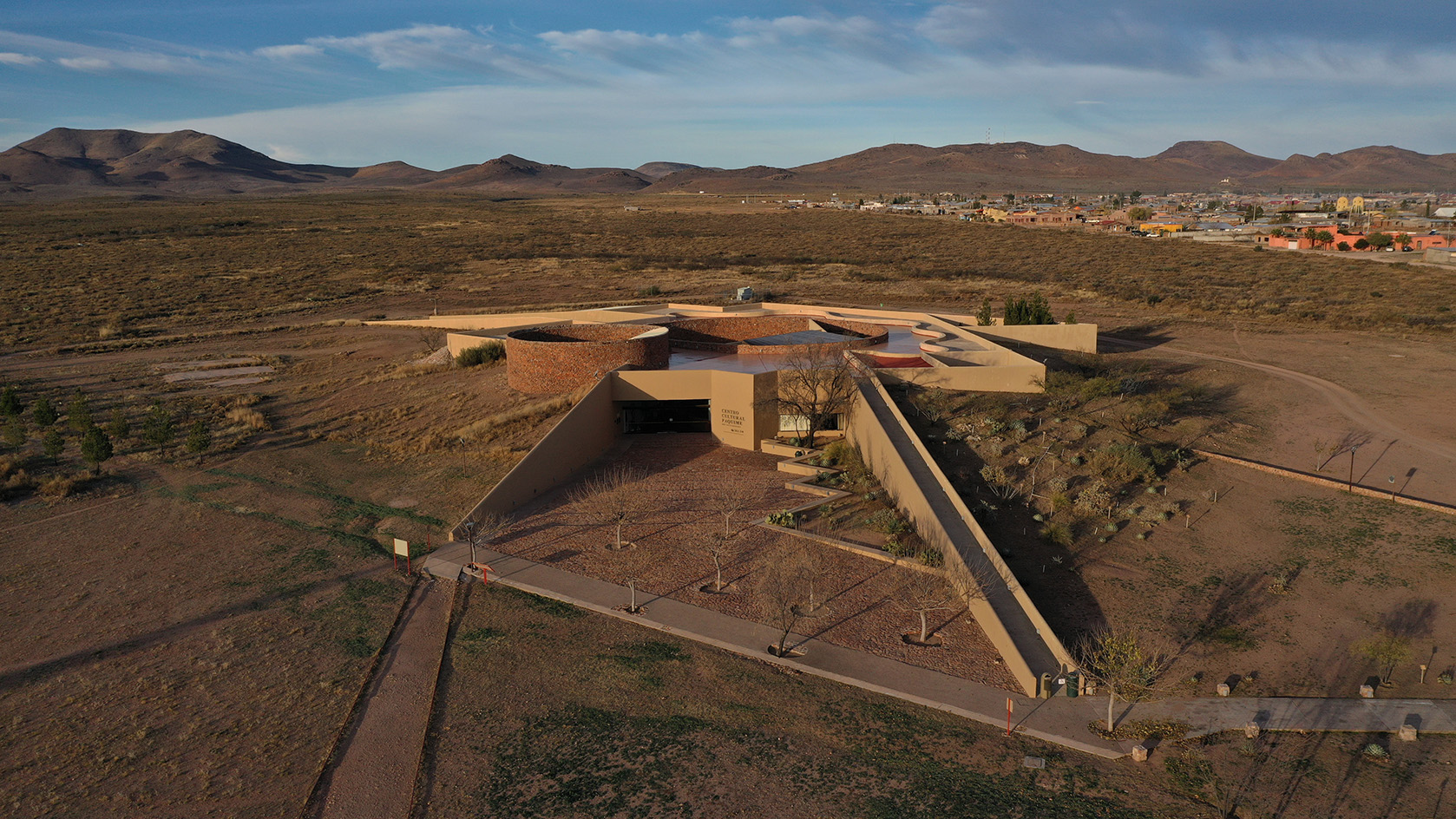 Mexican landscape architect Mario Schjetnan's Grupo de Diseño wins 2025 Oberlander Prize
Mexican landscape architect Mario Schjetnan's Grupo de Diseño wins 2025 Oberlander PrizeThe 2025 Oberlander Prize goes to Mexican landscape architect Mario Schjetnan and his studio, Grupo de Diseño, highlighting the creative's motto: 'We have a human right to open space'
-
 The Architecture Edit: Wallpaper’s houses of the month
The Architecture Edit: Wallpaper’s houses of the monthThis September, Wallpaper highlighted a striking mix of architecture – from iconic modernist homes newly up for sale to the dramatic transformation of a crumbling Scottish cottage. These are the projects that caught our eye
-
 A Mexican clifftop retreat offers both drama, and a sense of place
A Mexican clifftop retreat offers both drama, and a sense of placeCasa Piscina del cielo, a clifftop retreat by Zozaya Arquitectos, creates the perfect blend of drama and cosiness on Mexico's Pacific Coast
-
 Broken up into six pavilions, this brutalist Mexican house is embedded in the landscape
Broken up into six pavilions, this brutalist Mexican house is embedded in the landscapeSordo Madaleno’s brutalist Mexican house, Rancho del Bosque, is divided up into a series of pavilions to preserve the character of its hillside site, combining concrete, curves and far-reaching views